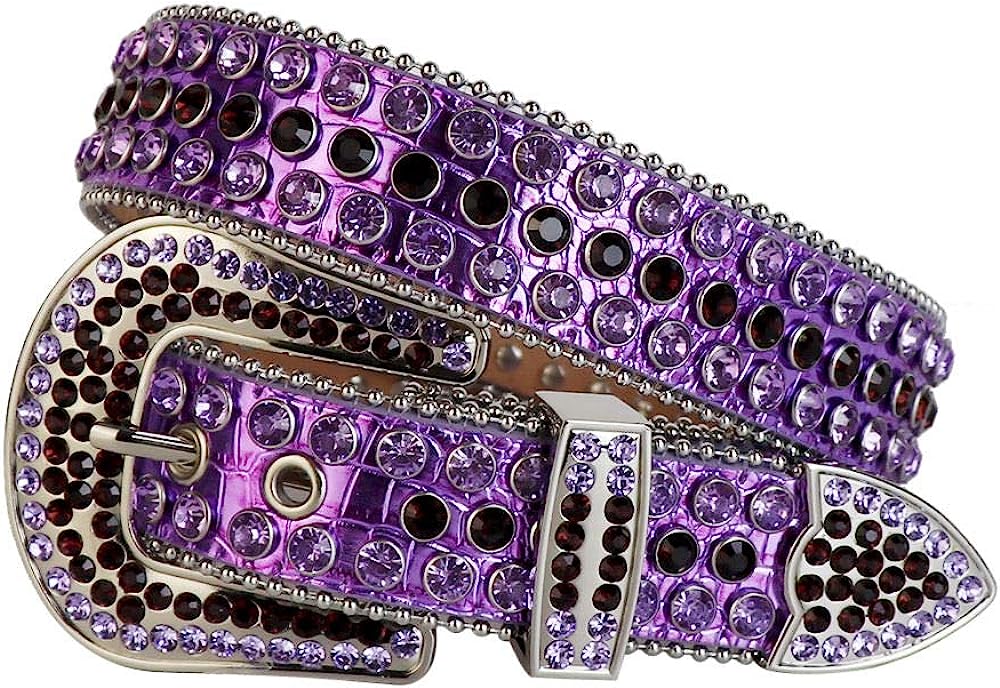Nipple Shields for Breastfeeding Nurturing Comfort and Success
Breastfeeding is a special time for mothers and their newborns, fostering a profound bond and providing essential nutrition. However, many new mothers face challenges on this path, and nipple shields can be a valuable aid to enhance the breastfeeding experience. In this post, we explore the role of nipple shields, their benefits, and how they can support both mother and child in achieving a successful breastfeeding relationship.
Understanding Nipple Shields
nipple shields for breastfeeding are thin, flexible devices made from silicone or latex that fit over the nipple during breastfeeding. They are designed to assist mothers facing difficulties such as latch issues, sore nipples, or flat or inverted nipples. By offering a barrier between the nipple and the baby’s mouth, nipple shields provide comfort while facilitating the baby’s ability to latch and feed effectively.
When to Consider Using Nipple Shields
There are various situations where a nipple shield might be recommended. Mothers with flat or inverted nipples may find that a shield helps the baby latch properly. Similarly, when the baby has a weak or premature suck, the shield can encourage more effective feeding. Additionally, if a mother experiences pain or cracked nipples, shields can offer relief and help continue breastfeeding without discomfort.
Benefits of Nipple Shields
Nipple shields can be a game-changer for mothers experiencing breastfeeding challenges. They often reduce pain, allowing mothers to continue breastfeeding without interruption. Shields can also help transition babies from bottle feeding to breastfeeding by offering a familiar feel. Furthermore, they provide a gentle way to stimulate milk flow, which can be particularly beneficial for mothers facing supply issues.
How to Use Nipple Shields Effectively
Effective use of nipple shields requires proper guidance and support. It’s important to ensure the shield fits well to prevent any issues with milk transfer. Consulting a lactation specialist can be invaluable for mothers learning to use shields. They can offer tips on positioning, ensuring the baby gets an adequate milk supply, and gradually weaning off the shield as breastfeeding challenges are overcome.
Conclusion
Nipple shields can be a vital tool in the breastfeeding toolkit, offering comfort and aiding in overcoming common hurdles. With the right support and usage, these shields can transform the breastfeeding experience, fostering a loving connection between mother and child. If you’re facing challenges, consider discussing nipple shields with a lactation consultant to enhance your breastfeeding journey.
Breastfeeding is a unique and beautiful experience, and with the right tools and support, it can be a fulfilling one for both mother and baby. Remember, every breastfeeding relationship is different, and seeking help is a step towards nurturing your bond with your little one.



